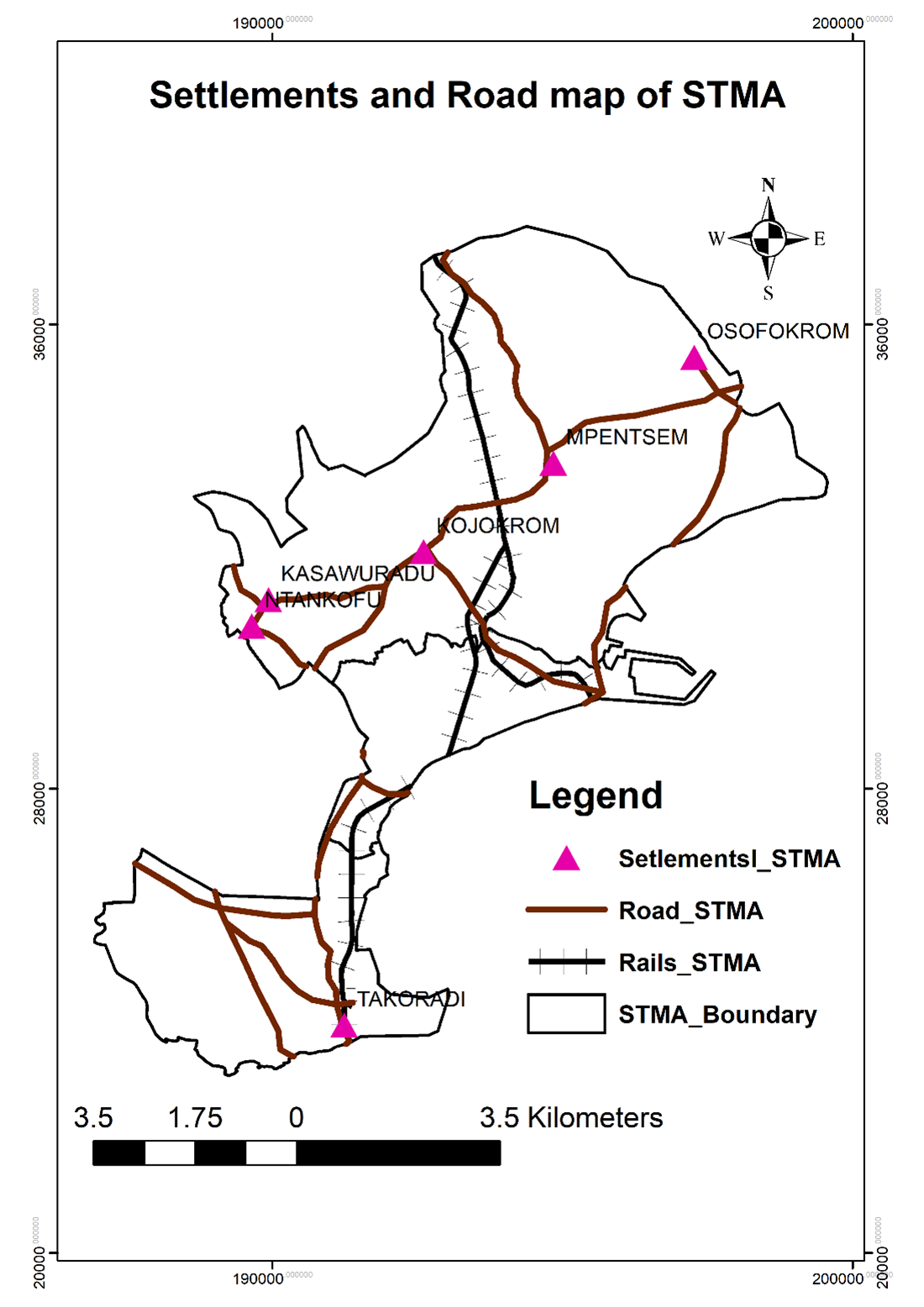Population
The 2021 Population and Housing Census (PHC) by the Ghana Statistical Service (GSS) puts the total population of the Metropolis at 245,382, comprising 119,344 Males (48.64%) and 126,038 Females (51.36%). Administratively, STMA is divided into three Sub-Metropolitan Districts. According to the 2021 PHC, Takoradi Sub-Metro has 50,065 residents; Sekondi Sub-Metro has 54,772 residents, while Essikado-Ketan has 140,545 residents.
The analysis of the place of residence indicates that the majority of the population lives in urban areas (85.0%), with 15.0 percent residing in peri-urban to rural areas. Regarding age demographics, the youth (34.4%) and aged persons (3.4%) together make up about one-third of the population, while the working-age population constitutes 62.2 percent. The 2021 PHC report also reveals that the total age dependency ratio is 60.7 percent. According to the World Bank (2024) projections, the metropolis currently has a total of 1,120,000 people, doubling the population of the metropolis in 2021. This situation is expected to result in acute congestion in the metropolis especially in the central business district. Besides, the increased urbanization is leading to congestion in built-up areas, resulting in the development of slum conditions within the Metropolis. Additionally, the population growth trend poses serious challenges of overpopulation with consequences of resource depletion, increased social expenditure particularly for water, health, education, and housing, and rising unemployment and poverty rates. Farming accounts for only 9.6 percent of the Metropolis's households; in rural areas, 12.7 percent, and in urban areas, 9.5 percent, respectively. The majority of the Metropolis's households (79.6%) are engaged in crop farming, with poultry (chicken) being the most common animal raised there

